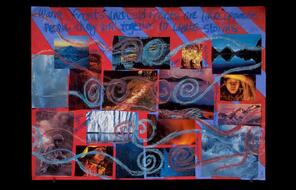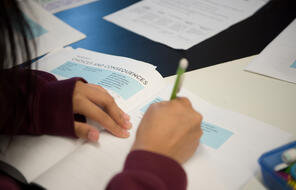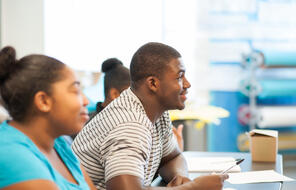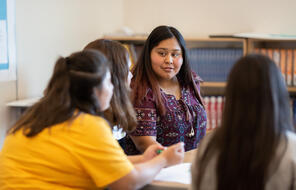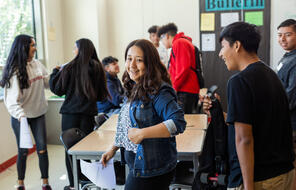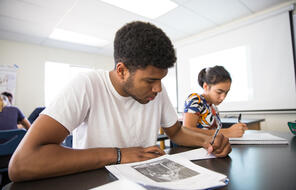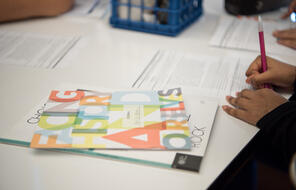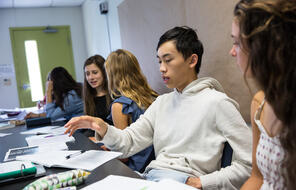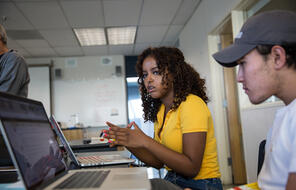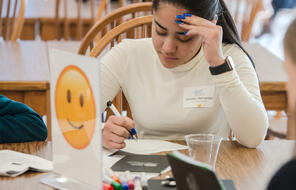
Making Meaning of Community
Subject
- Advisory
- Civics & Citizenship
- English & Language Arts
- History
- Social Studies
Grade
6–12Language
English — USPublished
Updated
Overview
About This Activity
Students engage in a collaborative exploration of the meaning of community and reflect on how their class can be a community with a shared purpose in promoting the learning and achievement of all its members. The explicit designation of the class as a community can build the sense that students are responsible not only for their own learning but for nurturing the learning of their classmates as well.
Preparing to Teach
A Note to Teachers
Before teaching this activity, please review the following information to help guide your preparation process.
Procedure
Steps for Implementation
Extension Activities
Materials and Downloads
Quick Downloads
Unlimited Access to Learning. More Added Every Month.
Facing History & Ourselves is designed for educators who want to help students explore identity, think critically, grow emotionally, act ethically, and participate in civic life. It’s hard work, so we’ve developed some go-to professional learning opportunities to help you along the way.
Exploring ELA Text Selection with Julia Torres
On-Demand

Working for Justice, Equity and Civic Agency in Our Schools: A Conversation with Clint Smith
On-Demand

Centering Student Voices to Build Community and Agency
On-Demand



